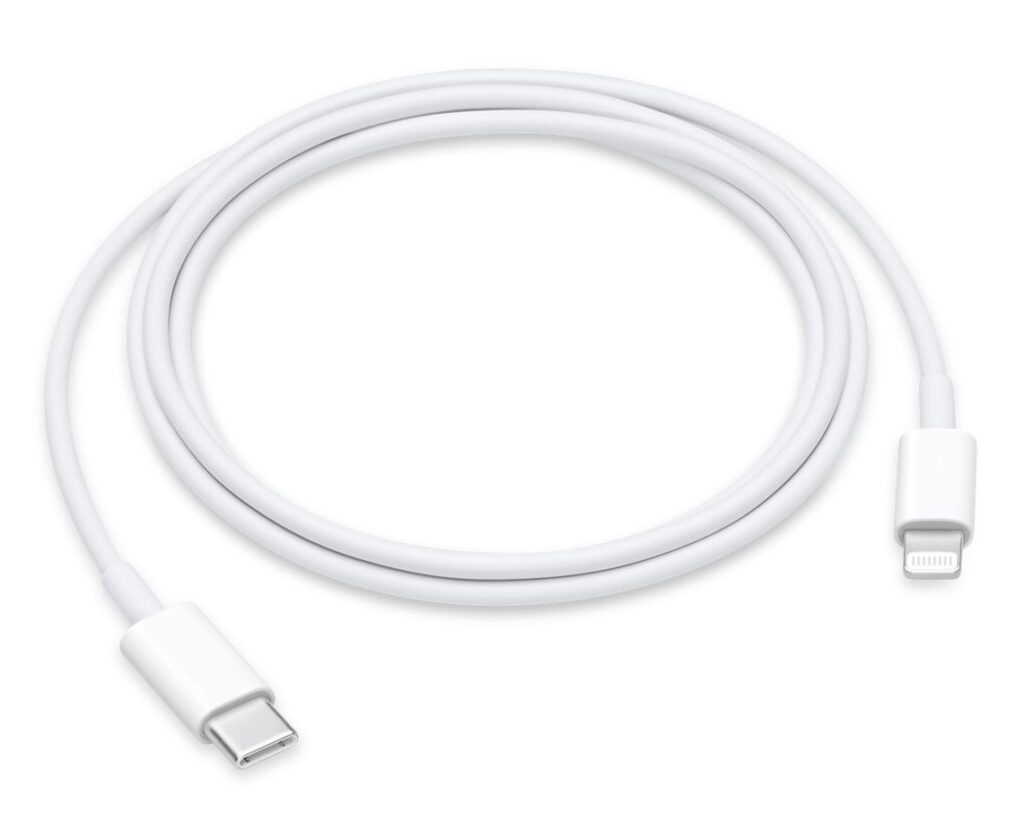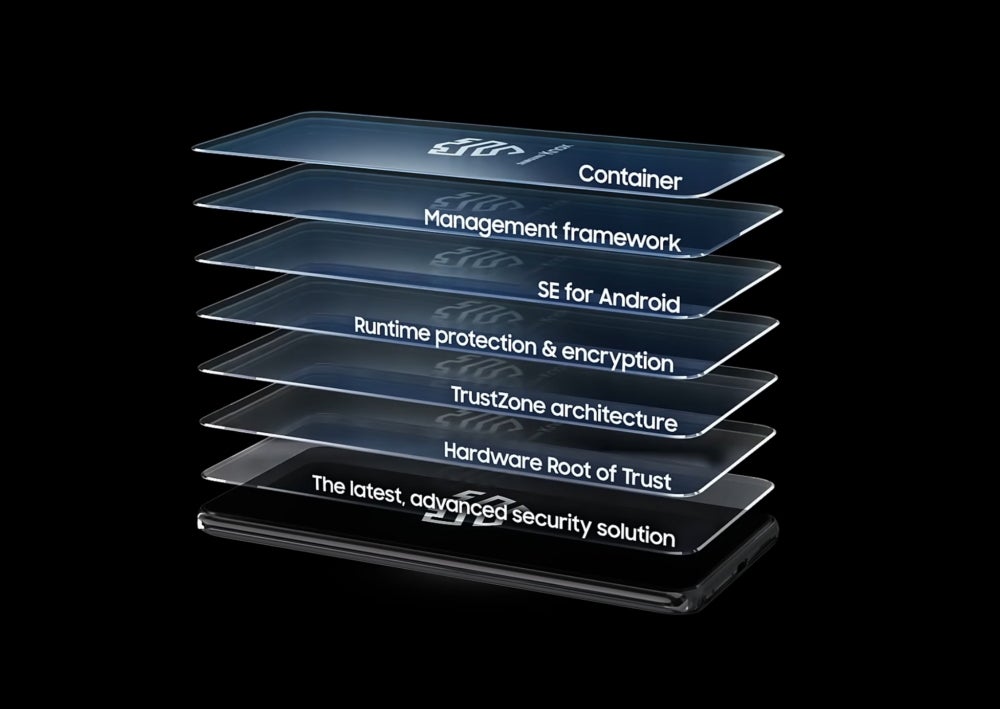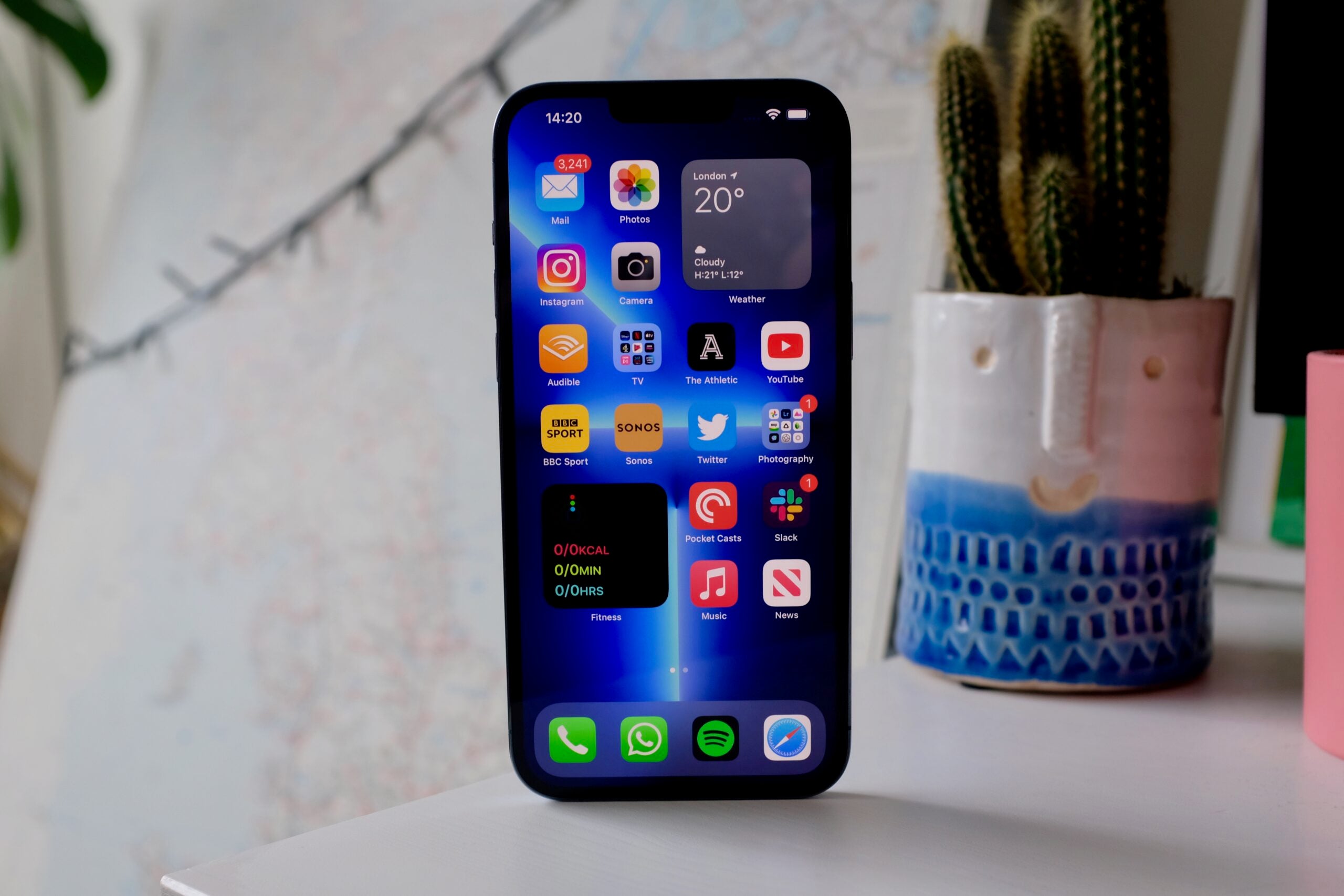- Like
- SHARE
- Digg
- Del
- Tumblr
- VKontakte
- Flattr
- Buffer
- Love This
- Save
- Odnoklassniki
- Meneame
- Blogger
- Amazon
- Yahoo Mail
- Gmail
- AOL
- Newsvine
- HackerNews
- Evernote
- MySpace
- Mail.ru
- Viadeo
- Line
- Comments
- Yummly
- SMS
- Viber
- Telegram
- JOIN
- Skype
- Facebook Messenger
- Kakao
- LiveJournal
- Yammer
- Edgar
- Fintel
- Mix
- Instapaper
- Copy Link
If you aren’t sure what a Lightning cable is, what it looks like, or what it’s used for, then this article will explain everything you need to know.
With so many cables and connectors out there for your different tech products, it can be easy to forget what they’re all used for. So what exactly is a Lightning cable?
The image at the top of the page shows a close-up of the Lightning connector, which is a small protruding piece of metal measuring 6.7mm by 1.5mm, with eight gold pins embedded on a white surface near the tip. It has the same appearance on both sides. Below you can see an image of this connector (right) on a cable, with a USB-C connector at the other end.

A Lightning cable is Apple’s proprietary cable that it uses for many of its own tech products – including for iPhones, some iPads, AirPods, and the iPod Touch. They can be used to charge up your devices if connected to a power source, or they can be used for data transfer when connected to a laptop, for instance. As few Apple products have a 3.5mm headphone jack, you can also use a dongle with a Lightning connector to plug your headphones in via the Lightning port if you’d like to use wired audio.
Not every Apple product has a Lightning port. The newest iPad Pro, iPad Air, and iPad mini ranges all use the USB-C connector, which is far more widespread in the industry (all new Android phones and tablets have this port as well). However, every one of Apple’s smartphones since the iPhone 5 has used this connector, including the most recent iPhone 13.
However, in the near future Apple may be compelled to change these connectors in favour of the USB-C, since the European Commission has proposed this to be the standardised connector for all smartphones, citing a reduction of waste as its reason. However, Apple has objected to this proposal, saying “We remain concerned that strict regulation mandating just one type of connector stifles innovation rather than encouraging it, which in turn will harm consumers in Europe and around the world.”









